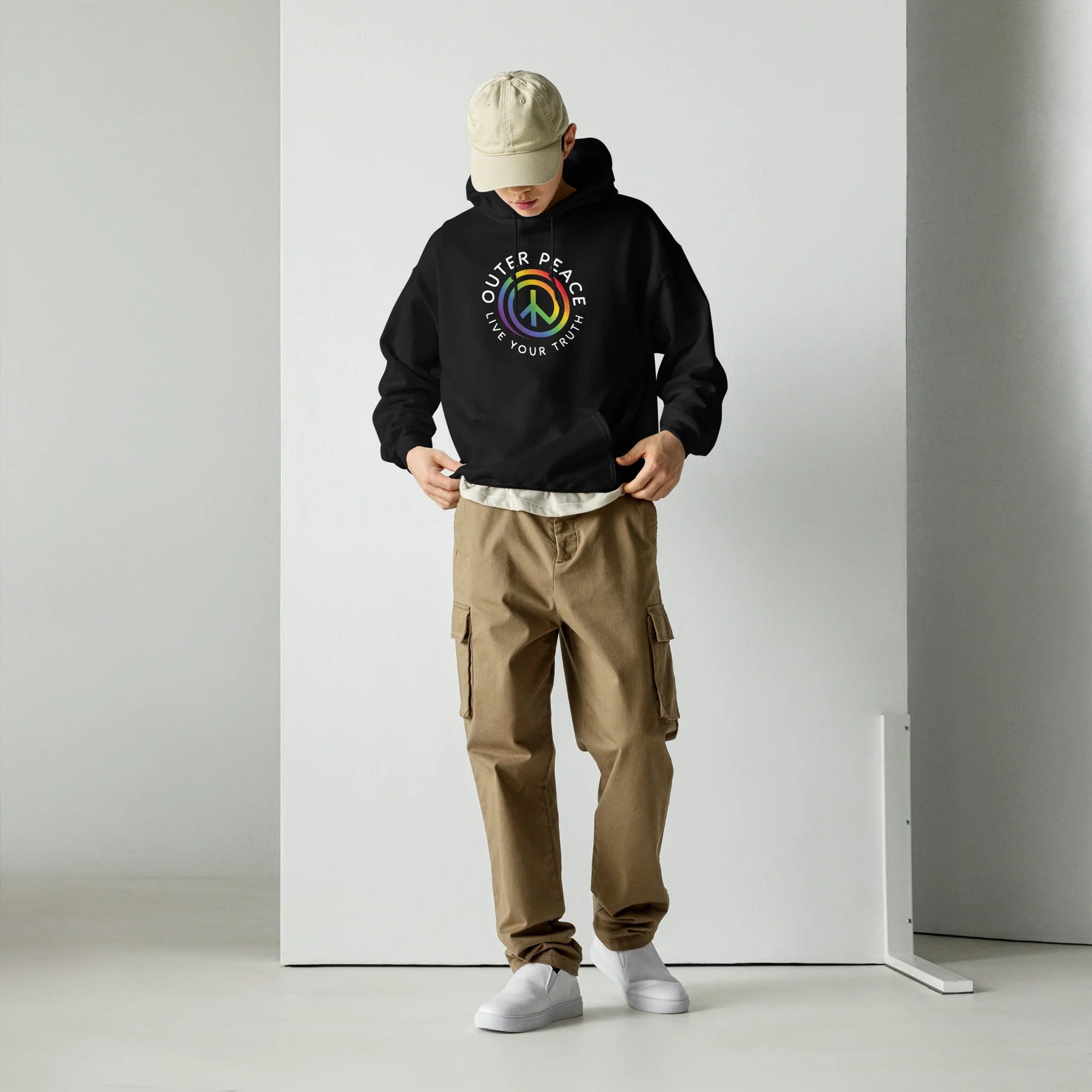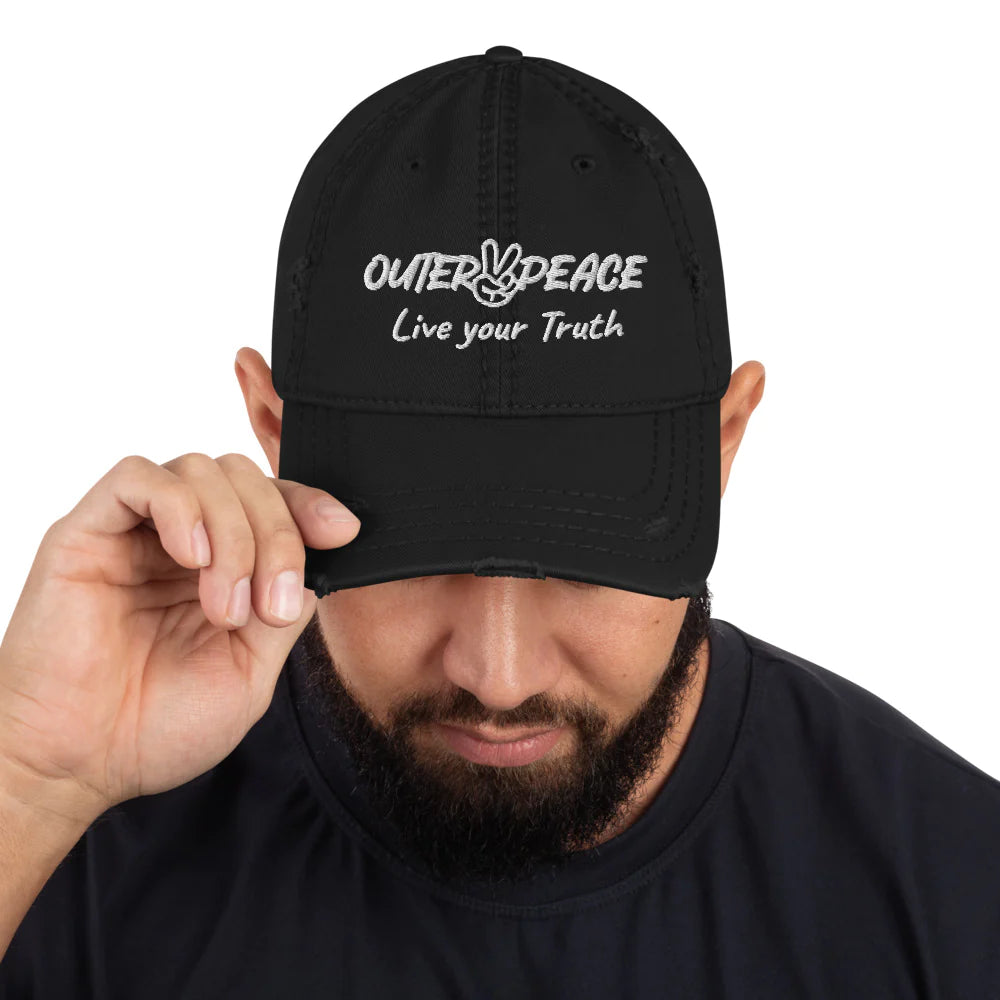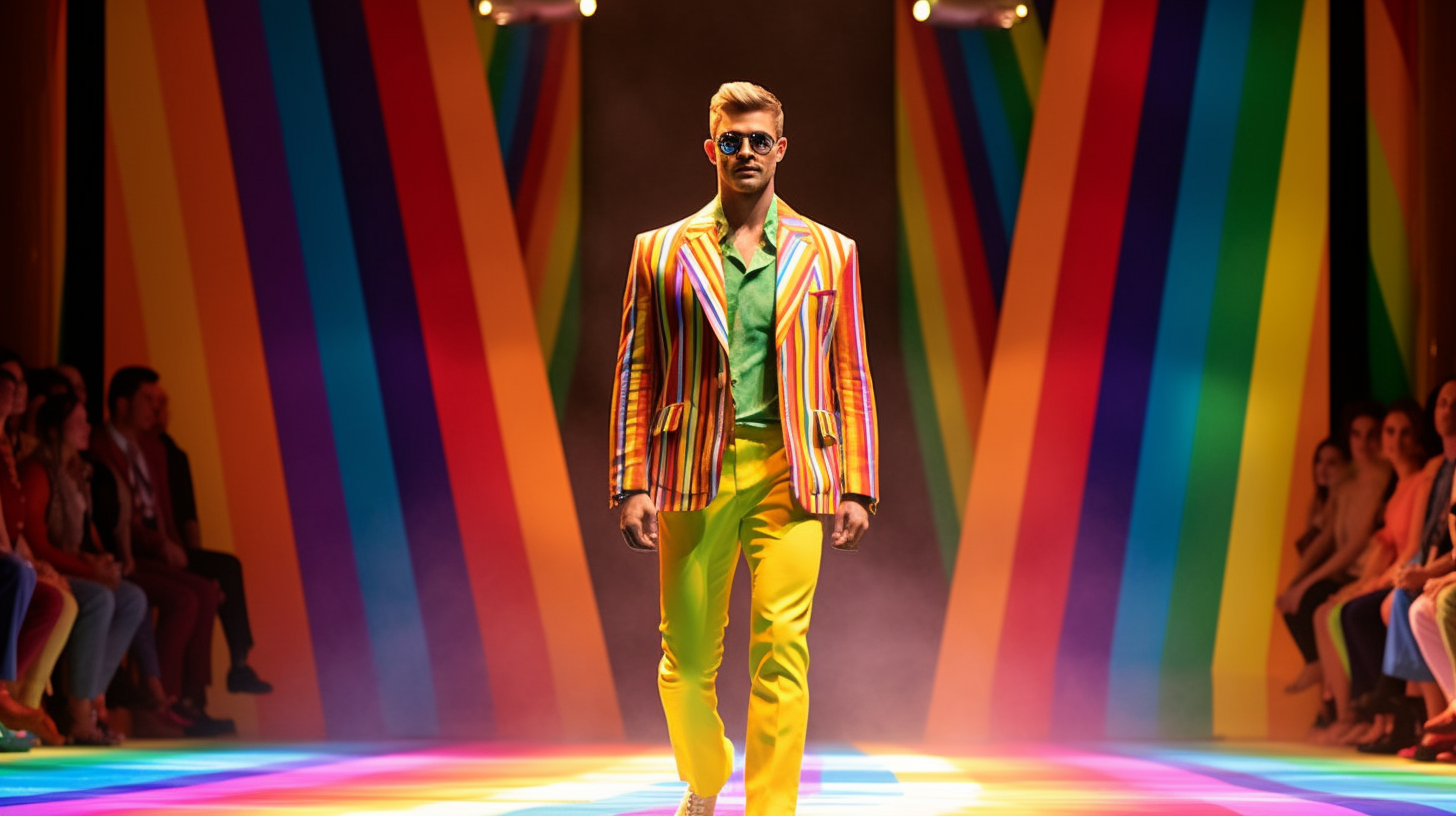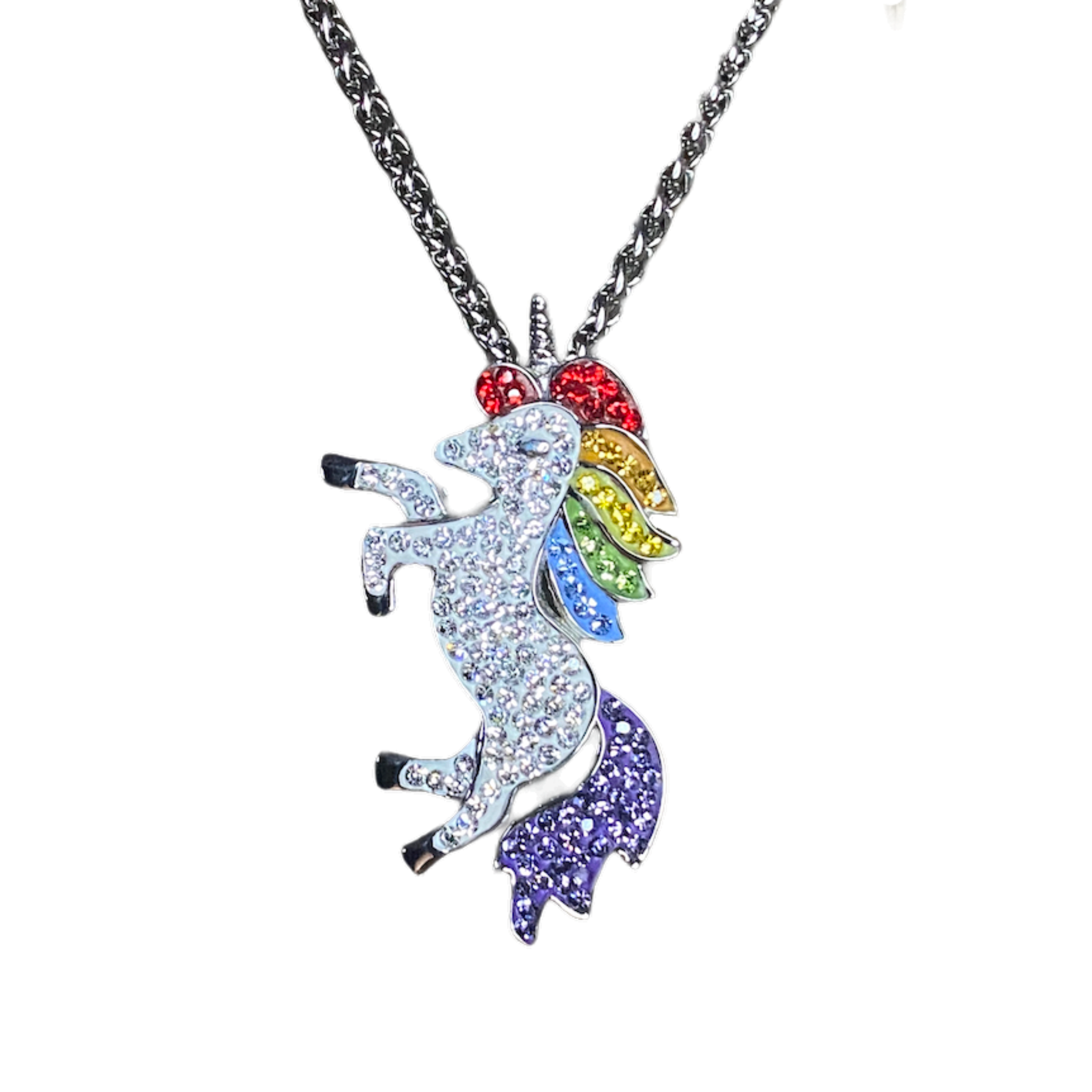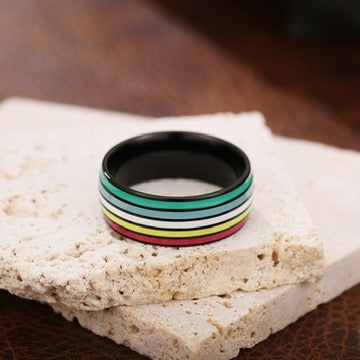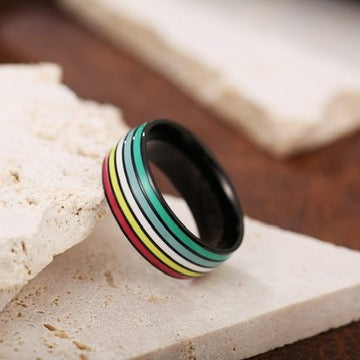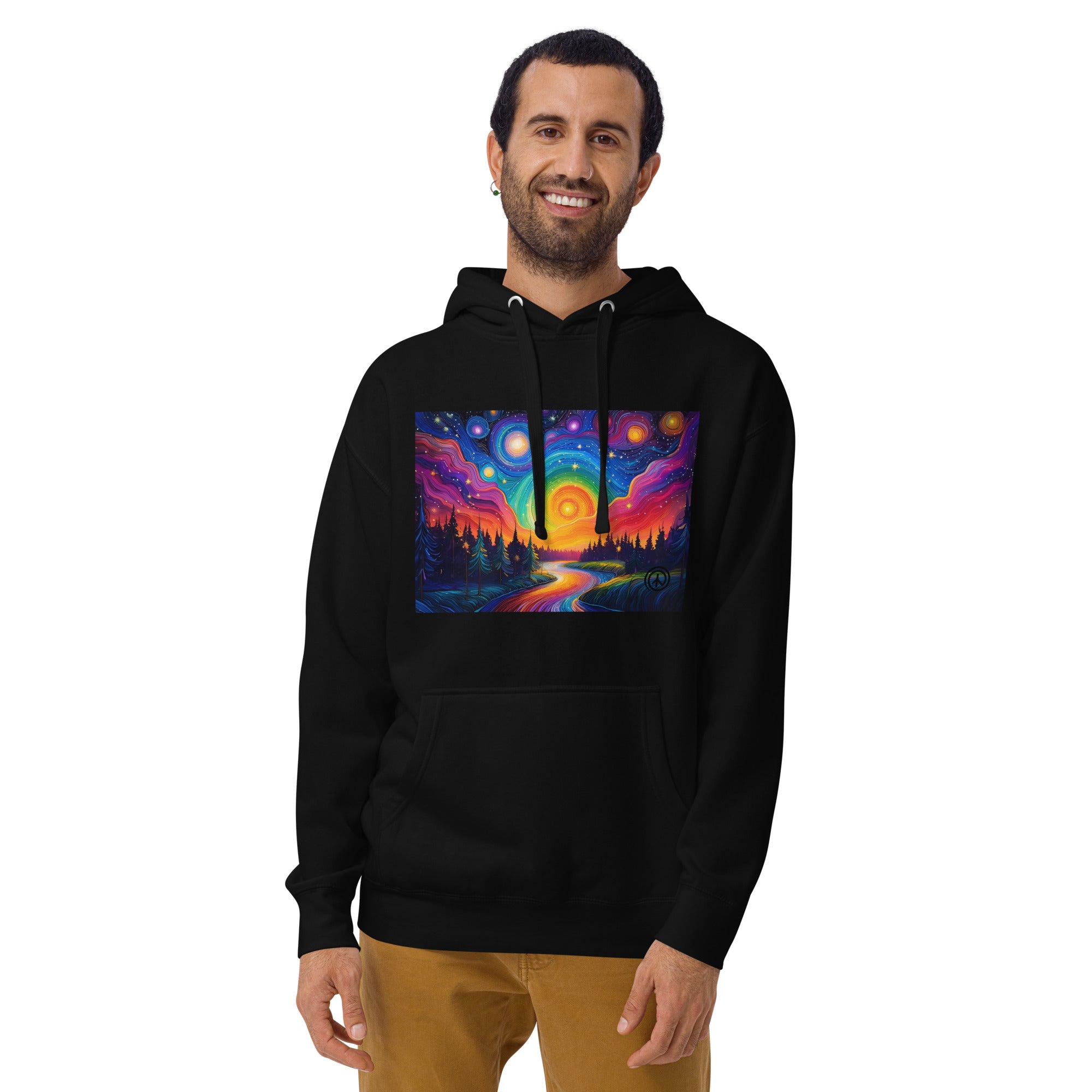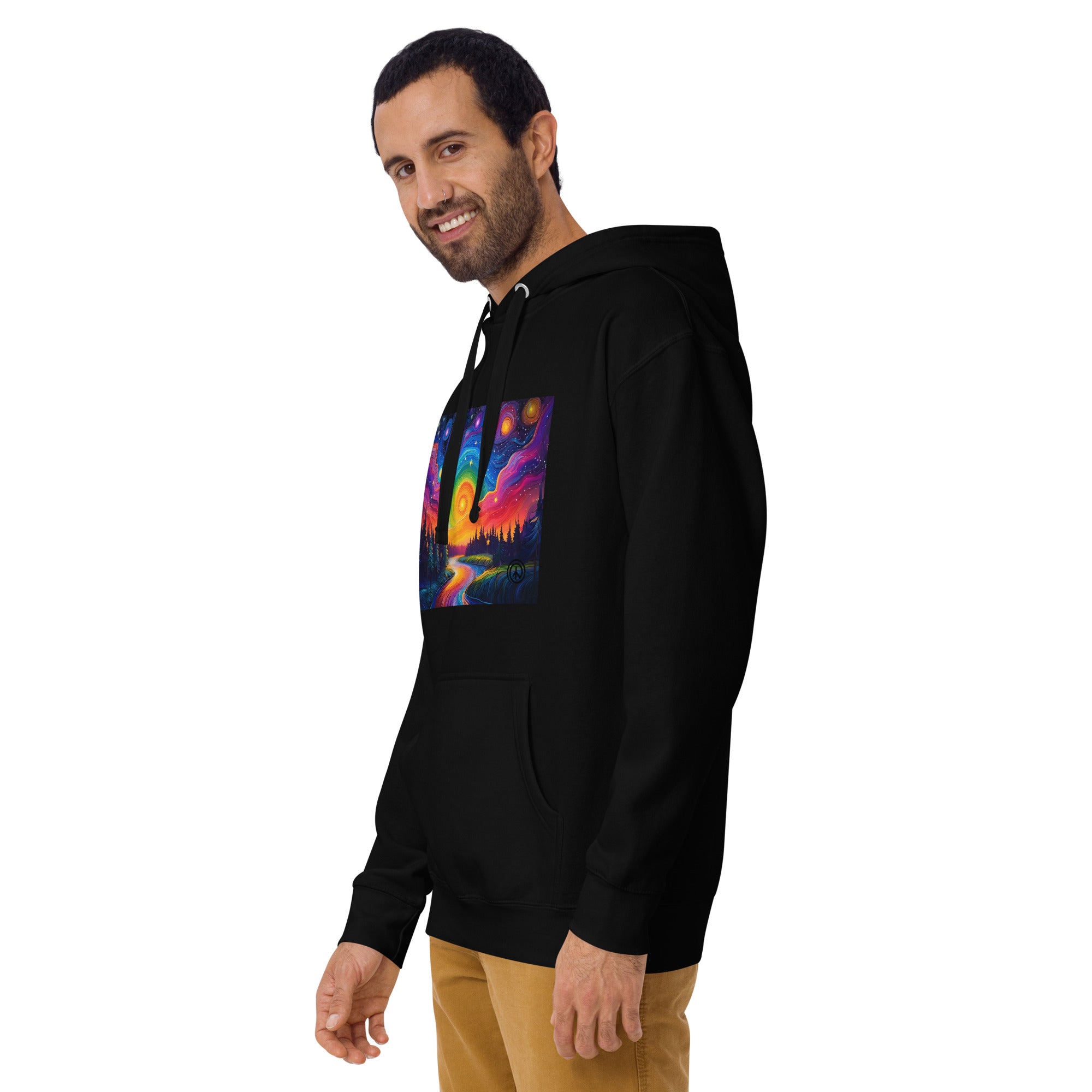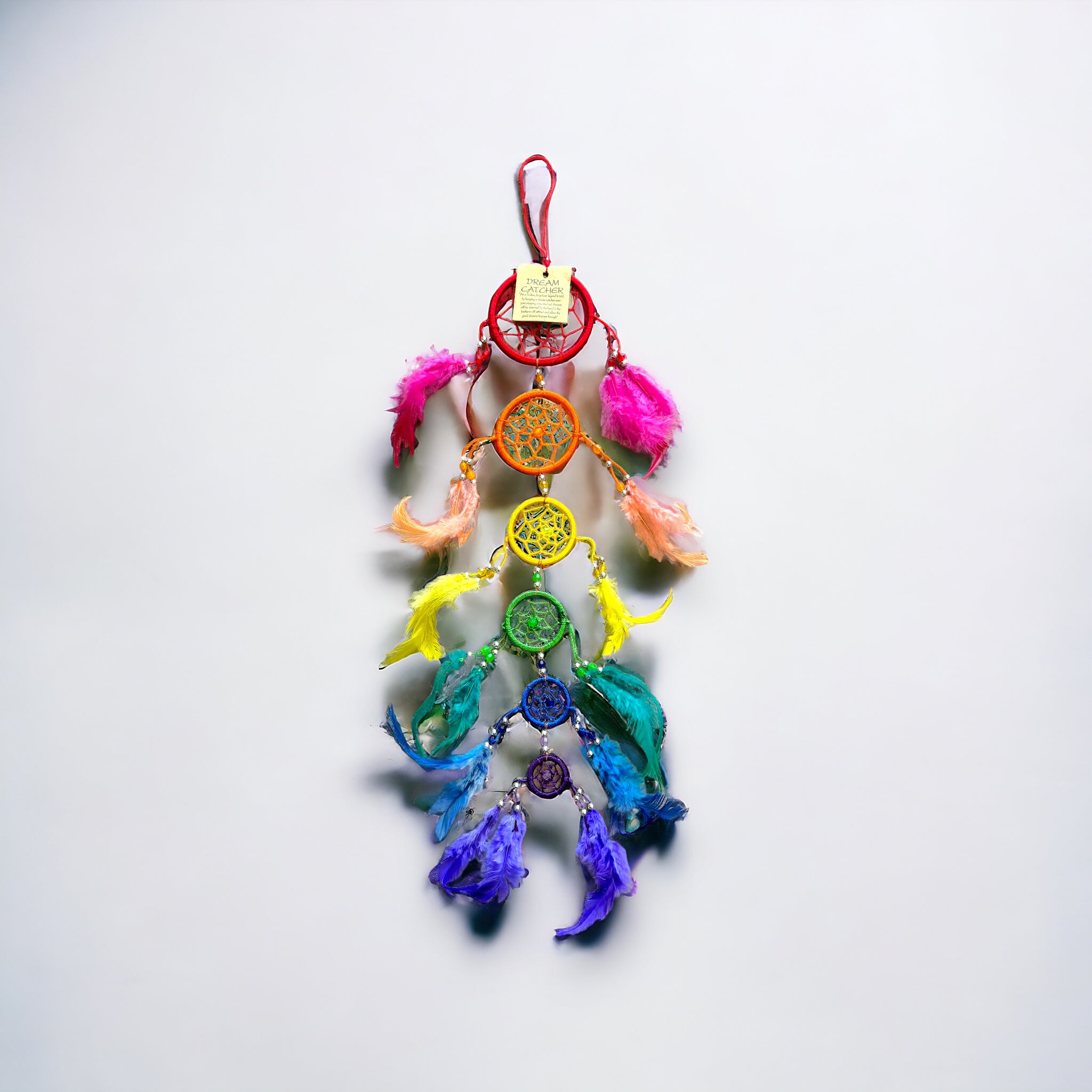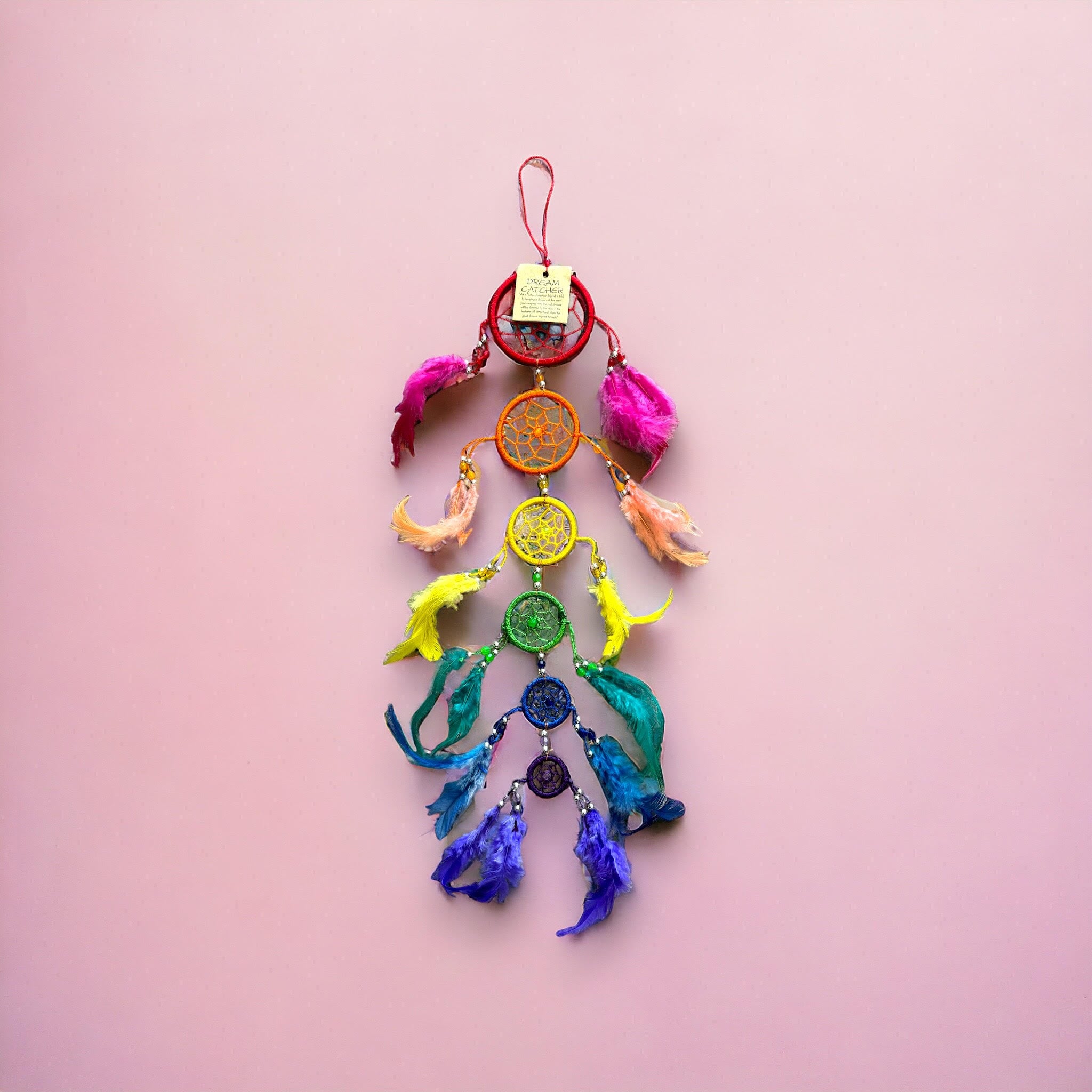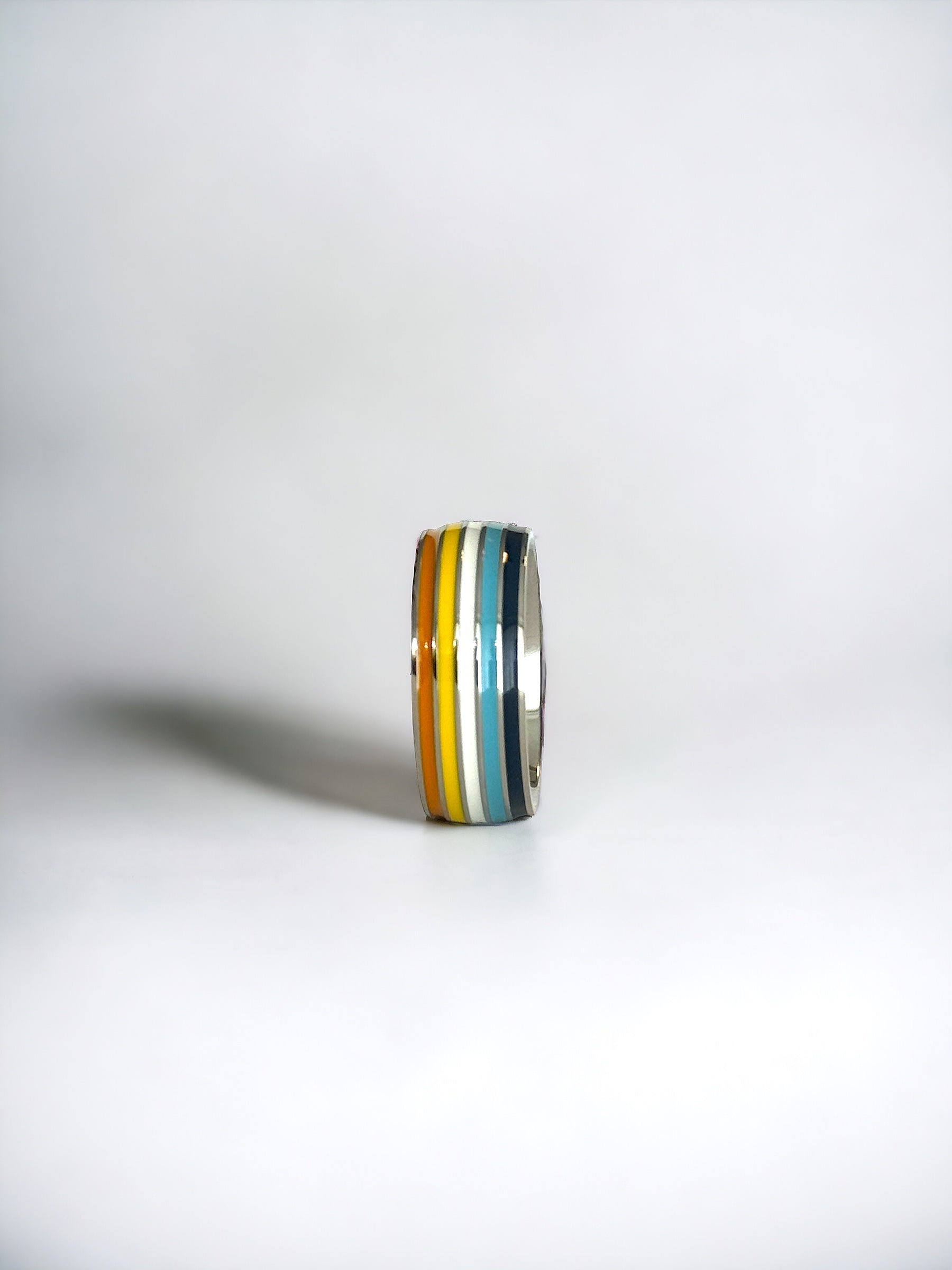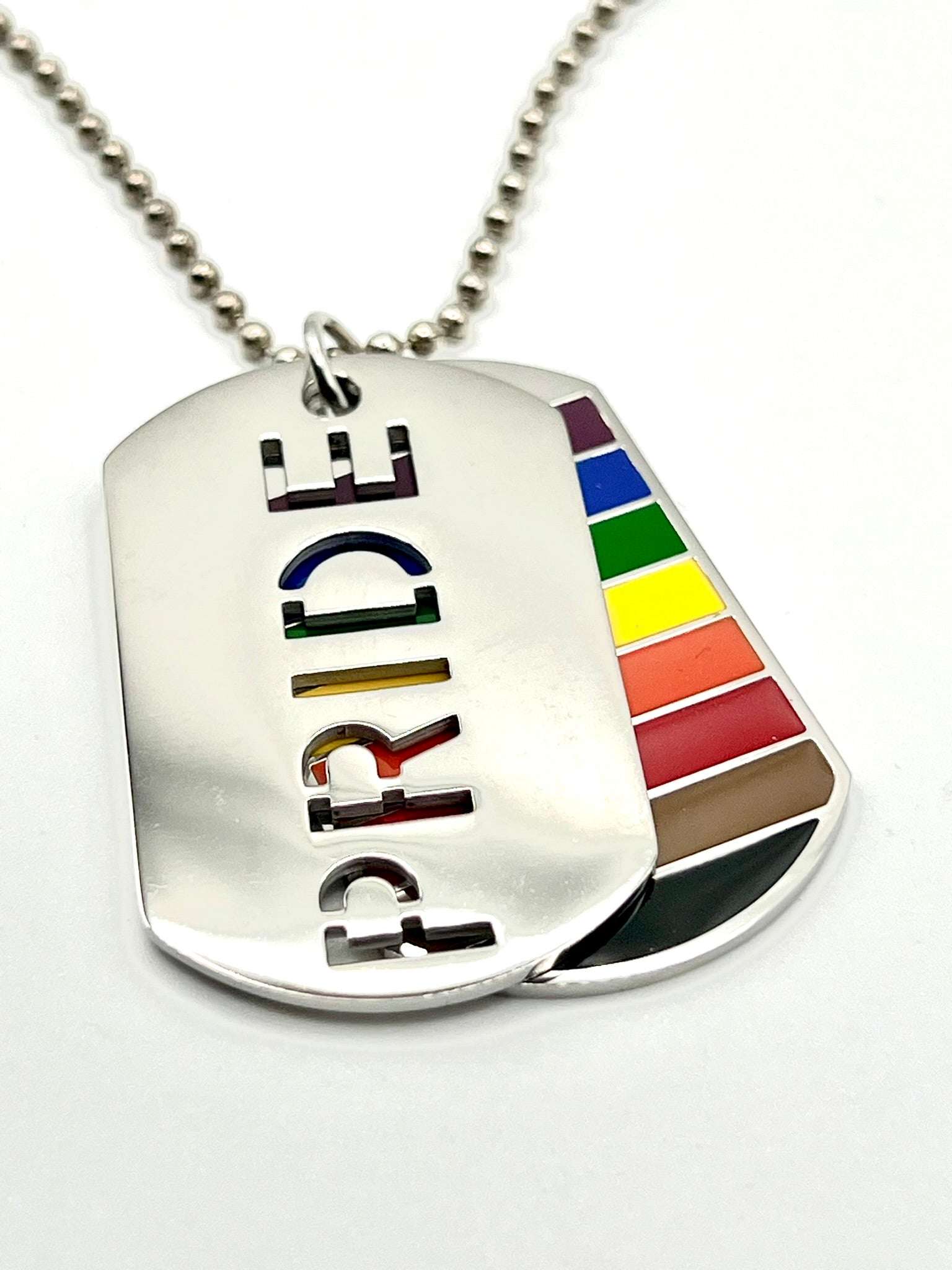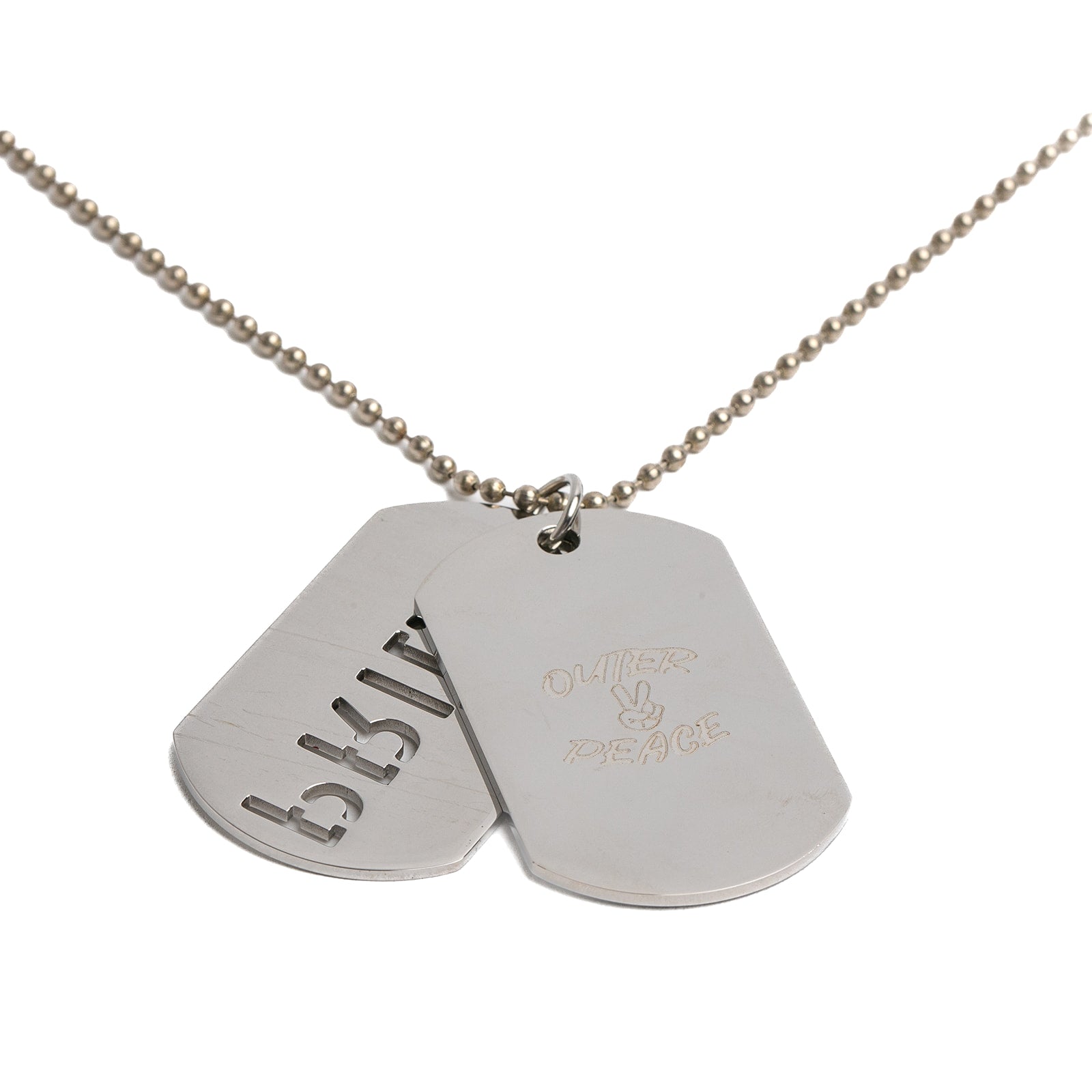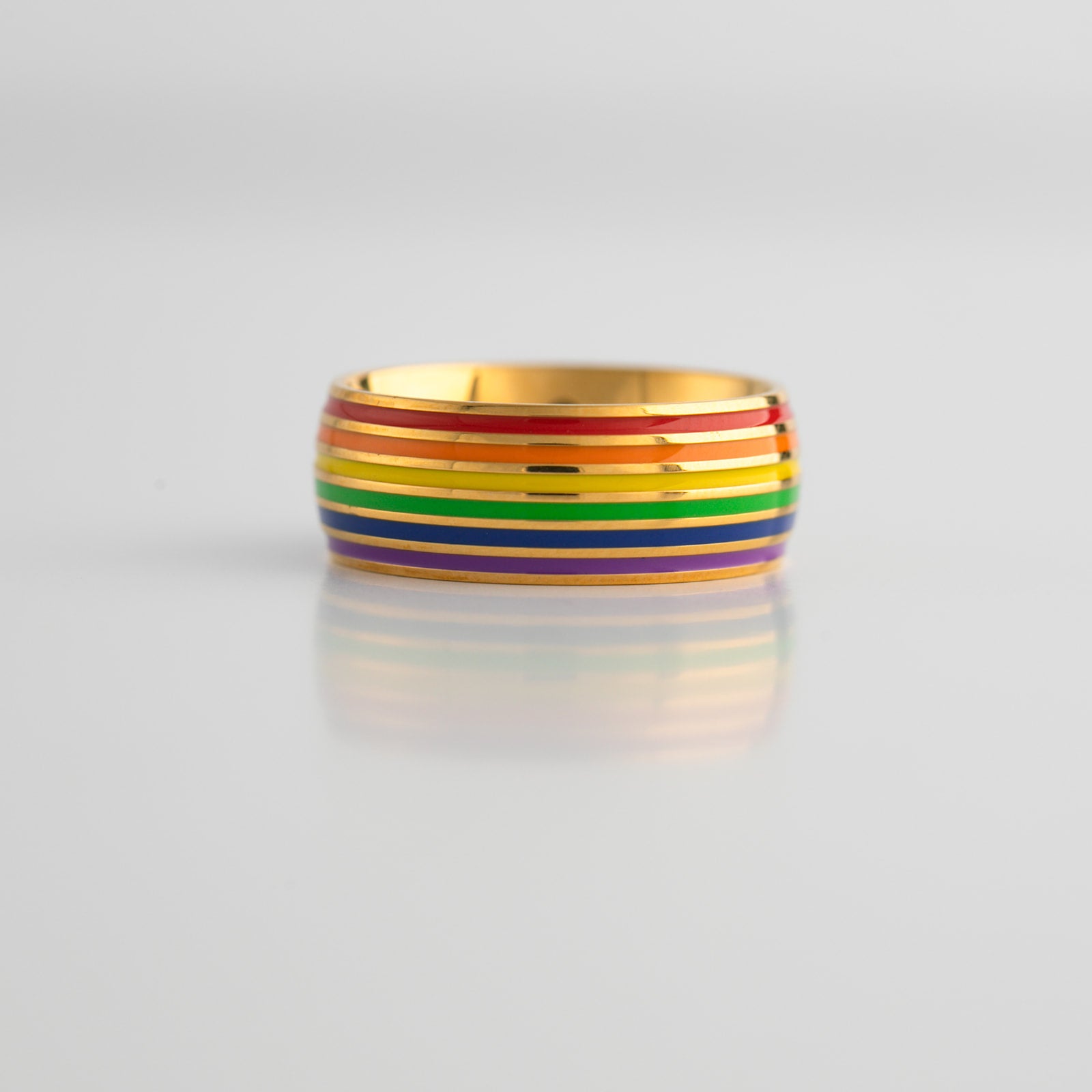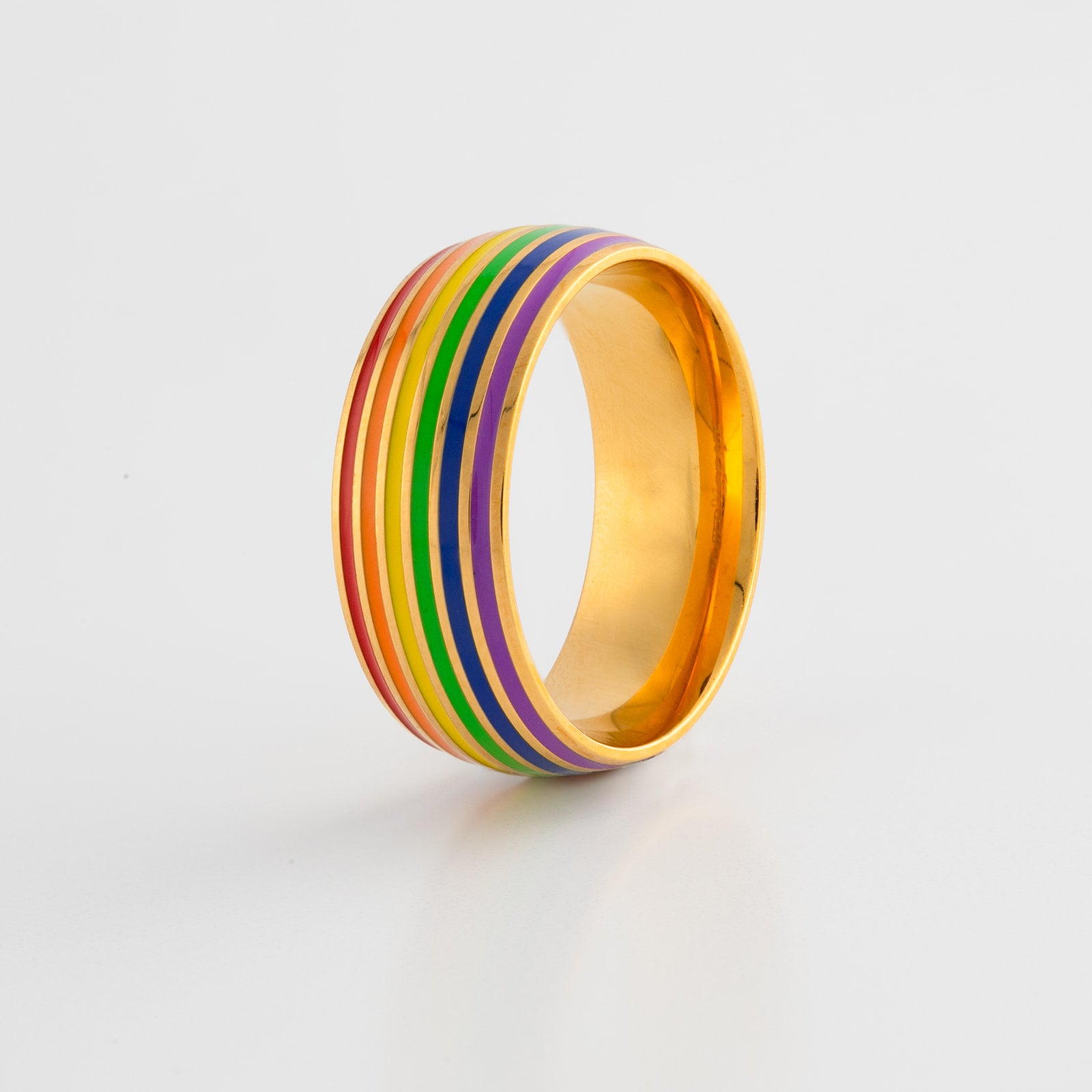Introduction
Welcome to the utterly fabulous world of LGBTQ+ fashion trends. You haven't been living under a rock. LGBTQ is more than just an acronym for Lesbian, Gay, Bisexual, Transgender, and Queer. It's a term that embraces a spectrum of sexual orientations and gender identities that diverge from strictly heterosexual or cisgender norms. And it also personifies resilience in the face of adversity. These days, we honor that resilience in the clothes we wear, or the fashion we aspire to.
Expressing Identity Through Fashion
In today's society, being queer is about living authentically, challenging binary views of gender, and defying heteronormative expectations. It's about recognizing the fluidity of sexuality and gender. And it's about affirming this in every aspect of life, including our fashion.
Clothing, for the LGBTQ community, is a powerful tool. It's a form of expression, a way to showcase your identity, and a celebration of diversity. It's a statement of pride, testament to resilience, and a beacon of change.
In the world of LGBTQ fashion, the journey from closets to catwalks is a tale of courage, creativity, and self-expression. It's one heck of a colorful ride.
Historical Context
LGBTQ Fashion Through the Decades
Fashion has always been a mirror, reflecting the times in which we live. For the LGBT community, it's been a powerful tool. A way to challenge societal norms, to make a statement, and express our identity and sexuality.
In the 1960s and 70s, flamboyant clothing became a symbol of liberation. Gay men and lesbian women would dress in ways that defied all heteronormative expectations. It was a time of revolution and change.
Fast forward to the 80s and 90s and the rise of LGBTQ+ liberation movements saw an explosion of color. The rainbow, a symbol of diversity and pride, began to feature prominently in queer fashion, and has survived the years gracefully (we see you, Elton John and Lena Waithe!).
Evolution of Gender-Neutral Clothing
As we moved into the new millennium, a significant shift occurred. The lines between 'menswear' and 'womenswear' began to blur and the normal distinctions between the two no longer held the power they once did. The
Androgynous and unisex clothing started to gain traction. Brands like Ylenia Riniti and Tyris began to design clothing across the spectrum, regardless of gender or sexuality. It was a move towards neutrality, towards a more inclusive future. Who can forget David Beckham's famous style choice in 1998 when he wore a sarong to a soccer World Cup party? Doing so sparked a lot of media attention and public discussion that opened conversations on gender norms in clothing.
In 2023, the trend continues. Gender-neutral and gender-fluid clothing are not just a fad. They're a statement, a definitive stand against the rigid norms in fashion. A celebration of the unique and constantly evolving LGBT culture.
Fashion is no longer about "men's" or "women's". It's about self-expression. It's about being visibly queer, or whatever you identify as. It's about wearing your true colors, your pride, on your sleeve.
The journey continues daily. From closets to catwalks, the LGBTQ community will forever influence fashion. To challenge. To inspire. To redefine.
LGBTQ Influencers in Fashion
Prominent LGBTQ+ Designers and Stylists
The
One such influencer is RuPaul, a drag queen who has become a fashion icon. His flamboyant style and unapologetic queerness have influenced fashion in ways that extend beyond the drag scene.
There's also the first openly gay designer who made waves in the fashion houses of Paris and New York. Their bold designs and unapologetic self-expression have been a source of inspiration for many.
Impact on Shaping Fashion
These influencers have not only made a name for themselves but have also significantly influenced fashion. They've brought queer culture to the mainstream, making it a part of modern fashion.
Their influence extends beyond the runway. Social media platforms allow people to share their unique styles, providing inspiration from different angles. Queer influencers on platforms like TikTok have a significant impact, shaping the way people express their identity through clothing.
Their contributions have also led to greater inclusivity within the LGBTQ community in fashion. They've shown that fashion is not just for the cis and hetero. It's for everyone, regardless of gender, sexuality, or how one chooses to express themselves.
These influencers have shown that fashion is not just about clothing items. It's about making a statement. It's about self-expression. It's about being true to who you are. And in doing so, they've made the
Current Queer Fashion
Androgynous and Gender-Neutral Clothing
The world of fashion is ever-evolving, and one of the most significant shifts we've seen is the rise of androgynous and gender-neutral clothing. These styles, which blur the traditional lines between 'men's' and 'women's' clothing, have become increasingly popular within the rainbow community and beyond.
This trend is about more than just fashion. It's about challenging the binary view of gender. It's about embracing fluidity and allowing individuals to express themselves in a way that feels authentic to them.
Bold Colors and Patterns
Bold colors and patterns have always been a part of non-heteronormative fashion. From the vibrant hues of the rainbow flag to the flamboyant outfits seen at Pride parades, color is a way for queer people to express their identity and celebrate their culture.
In 2023, this trend continues. From the runways of Fashion Week to the streets of cities around the world, you'll see a celebration of color and pattern that are gender and sexual non-conforming. Oversized fashion is also gaining traction as we move away from size-zero models, which is much needed in our community.
Embracing Fluidity and Self-Expression
Perhaps the most significant trend in LGBTQ fashion is the embrace of fluidity. This is not just about clothing, but about a broader shift in societal attitudes towards gender and sexuality.
Clothing is a form of self-expression, and for many individuals, it's a way to visibly express their identity. From gender-fluid clothing to unisex styles, the
In the end, the most important trend in diverse fashion is the freedom to be yourself. Whether you're a gay man who loves to wear flamboyant outfits, a lesbian couple who prefers a more androgynous style, or a gender non-conforming individual who mixes and matches as they please, queer fashion is about celebrating diversity and promoting self-expression.
Cultural Significance of Queer Styles
Breaking Stereotypes and Challenging Societal Norms
The cultural significance of our style extends far beyond the realm of fashion. It's about breaking stereotypes, challenging societal norms, and creating a space where everyone, regardless of their gender or sexuality, can express themselves freely.
LGBT styles are not just about being different. They're about being true to oneself. They're about challenging the heteronormative standards that have long dominated the
Promoting Inclusivity and Diversity
Diverse styles are also about promoting inclusivity and diversity. They're about showing that fashion is not just for the cishet majority, but for everyone. They're about creating a space where everyone, regardless of their gender or sexuality, can feel seen and represented.
Inclusivity in fashion is not just about including different body types and ethnicities. It's also about including different genders and sexualities. It's about recognizing that fashion is for everyone, and that everyone should have the freedom to express themselves through their clothing.
The rise of queer-nomative styles is a testament to the power of the LGBTQ community. It's a testament to their resilience, their creativity, and their ability to challenge and change societal norms. It's a testament to the power of self-expression, and the impact it can have on the world.
Challenges Faced by the Queer Community in Fashion
Homophobia and Discrimination
Despite the progress made, the road to acceptance and representation in the
From designers being overlooked due to their sexuality, to models facing discrimination because of their gender identity, these issues are a stark reminder that there's still a long way to go. It's a fight for visibility, for representation, and for equality.
Lack of Representation and Diversity
Another significant challenge is the lack of representation and diversity. While there are many non-conforming individuals making waves in the industry, they are still a minority. The majority of fashion designers, models, and influencers are still cis and hetero.
This lack of representation can be disheartening for those of us who are looking for role models in the industry. It can also lead to a lack of diversity in fashion, with many styles and trends catering primarily to the heteronormative majority.
However, despite these challenges, our community continues to push forward. They continue to make their mark on the
Future Outlook for Queer Styles
Increasing Acceptance and Representation
The future of LGBT style is bright. With increasing acceptance and representation in the
This is not just about including more gay designers and models. It's also about creating clothing that caters to a wider range of bodies, identities, and expressions. It's about recognizing that fashion is for everyone, and that everyone should have the freedom to express themselves through their clothing.
The Role of Social Media in Promoting LGBT Styles
Social media has played a significant role in promotion. Platforms like Instagram and TikTok have provided a space for us to share our styles, inspire others, and challenge societal norms.
These platforms have also provided a space for queer individuals to connect with each other, to share resources and support, and to build a community. They've allowed queer styles to reach a wider audience, and have played a significant role in promoting acceptance and diversity in fashion.
As we look to the future, it's clear that queer styles will continue to influence the
Conclusion
Recap of Queer Styles and Their Significance
From closets to catwalks, the journey of queer styles has been one of courage, creativity, and self-expression. It's a journey that has challenged societal norms, pushed boundaries, and redefined what it means to be fashionable.
Queer styles are more than just a fashion trend. They're a form of self-expression, a way for individuals to showcase their identity and celebrate their culture. They're a testament to the resilience and creativity of the queer community, and their ability to influence and change the
Embrace Self-Expression Through Fashion
As we look to the future, it's clear that queer styles will continue to play a significant role in the
So, whether you're part of the queer community or not, we encourage you to embrace self-expression through fashion. To challenge norms, to push boundaries, and to celebrate diversity. Because at the end of the day, fashion is for everyone.
Thanks for sharing this journey with us. Here's to a more inclusive, diverse, and vibrant future in fashion.
Featured collection
Get onboard with out awesome collection of LGBTQ+ exclusives!
2 Color(s) Available
10 Color(s) Available

